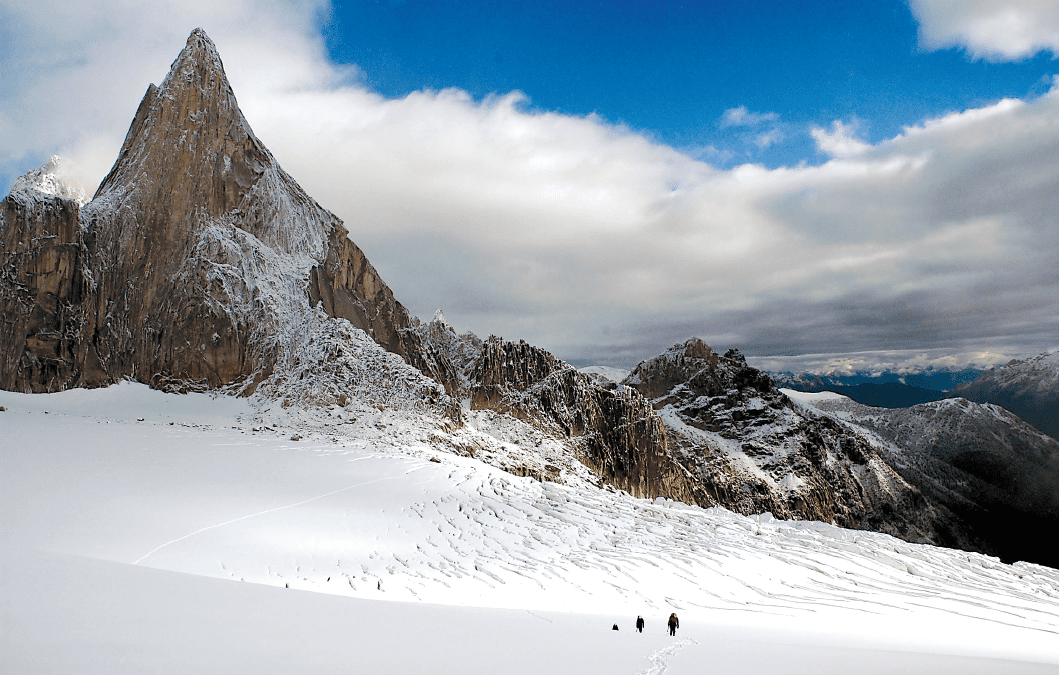


Train high, compete high: when taking part in high-altitude competitions, athletes (such as cyclists, runners, and mountain racers) need to spend time living and training at the same elevation as the event’s location so they can adapt.High-altitude training is itself an umbrella term that covers three different approaches: Hence why some athletes in 1968 found the Games so grueling. At an altitude of 10,000 ft, your body will need around 25-30% more energy than it would for the same sea-level exercise. These lower oxygen levels make your body work harder. Here, your body will find it hard to transfer oxygen into your blood, leading the air to feel ‘thinner’ to breathe and your body to tire more easily. But why the need to go so far in the first place?Īt higher altitudes, there is lower atmospheric pressure. At the foothills of the Rocky Mountains in northern Colorado, Boulder is regarded as a mecca for American elite distance runners and comes in at the comparatively modest 5,430 ft. Of course, while high altitude = low oxygen environments, you don’t have to go quite so high to reap the benefits of this form of training. One crucial factor is Bekoji altitude: a breathtaking 10,500 feet above sea level. The Guardian once called it “the fastest place on Earth,” owing to its success at producing gold medalist endurance runners, an athletic category dominated globally by Ethiopian and Kenyan runners. Nestled in the Ethiopian mountains, Bekoji is a small, unassuming town with less than twenty-thousand residents, yet one impressive reputation.
#High altitude professional
In this blog, we will examine why athletes train at high altitudes, the reasons for this training style, the benefits, and how you can try this approach even if you aren’t a professional athlete. For others, it boosts their ability to perform at a lower altitude.

For some, this approach helps them compete competently at a high altitude. So, what exactly is high-altitude training? Simply put, it’s the practice of spending time in places high above sea level so your body adapts to less oxygen, enhancing your athletic performance. These days triathletes, cyclists, swimmers, mountain bikers, marathoners, and other runners commonly spend time training or living in elevated locations. High-altitude training, as it is now known, found its moment in Mexico City, and with the rise of sports science in the coming decades, it became a popular approach for endurance athletes looking to gain that competitive edge. Most notably, though, most of the runners and swimmers who competed but were unable to smash records did discover their performance was noticeably enhanced in the weeks after returning home. Suffice it to say many athletes weren’t happy with their results at these history-making games, and the Olympics have never been held at such an altitude since. Suddenly, performing at your peak was disappointingly out of the question. You’d spent your whole career building towards this moment, only to discover that being over 7,400ft above sea level (where Mexico’s capital resides) left you struggling to catch your breath. Imagine arriving at the 1968 Olympic Games in Mexico City, ready to take part in the competition of your lifetime.


 0 kommentar(er)
0 kommentar(er)
